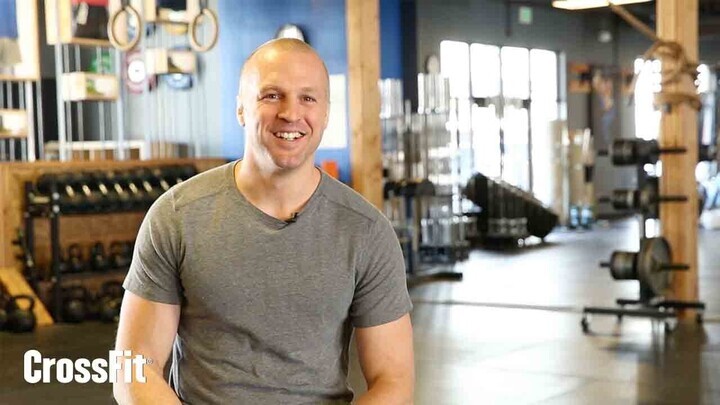Question: Should we always “program for the best and scale for the rest”?
January 15, 2025
Question: Should we always “program for the best and scale for the rest”?
This question, and similar ones (e.g., “How do I determine the prescribed weight, time goals, etc.?”), are some of the most common questions I receive from athletes, coaches, and those attending the CrossFit Level 1 and Level 2 Certificate courses.
I don’t think programming for the best and scaling for the rest is always accurate; however, it’s almost always a fair representation of how we work within the methodology to determine the stimulus of workouts and guide our programming. Below are a few questions you can consider to make the best decision for your athletes:
Our commitment as coaches is to set the bar high, unlocking the hidden potential of even the most unlikely athlete. This is true regardless of whether they start performing workouts as prescribed or not. These standards give all athletes goals to strive for. The true challenge as a coach is to scale the workout effectively based on the intended stimulus while keeping athletes motivated, avoiding redundancy, and progressing them forward where they see positive results.
Whereas programming for the best is a great guideline, I like to have a couple of days a month where the majority of the group can do the workout as prescribed, and it is not just a pure heavy day. I understand that getting to hit the workout as prescribed motivates and helps athletes feel positive about their work in the gym. With this in mind, I like to sprinkle in workouts where almost everyone can do it as prescribed. Advanced athletes can still be challenged on these days by being pushed for more intensity.
Setting the standard high is a strategy I believe in, and it’s one that I’ve seen work over my nearly two decades of coaching. I’ve seen that people will not achieve the results they could if the prescription is low or not set at all. I don’t think anyone in the space — competitive athletes or everyday affiliate and garage gym athletes — would be where they are today if the standard wasn’t set as high as it was when I started CrossFit in 2006, and if it didn’t get higher and higher year over year. The great thing about CrossFit is that the standard for workout times, loads, and volume continues to evolve when more and more people are challenged to achieve more than they thought possible and the more measurable, observable, and repeatable data we collect.
Have a question for a coach? Please submit that here.
 Eric O’Connor is a Content Developer and Seminar Staff Flowmaster for CrossFit’s Education Department and the co-creator of the former CrossFit Competitor’s Course. He has led over 400 seminars and has more than a decade of experience coaching at a CrossFit affiliate. He is a Certified CrossFit Coach (CF-L4), a former Division 1 collegiate wrestler, and a former CrossFit Games athlete.
Eric O’Connor is a Content Developer and Seminar Staff Flowmaster for CrossFit’s Education Department and the co-creator of the former CrossFit Competitor’s Course. He has led over 400 seminars and has more than a decade of experience coaching at a CrossFit affiliate. He is a Certified CrossFit Coach (CF-L4), a former Division 1 collegiate wrestler, and a former CrossFit Games athlete.